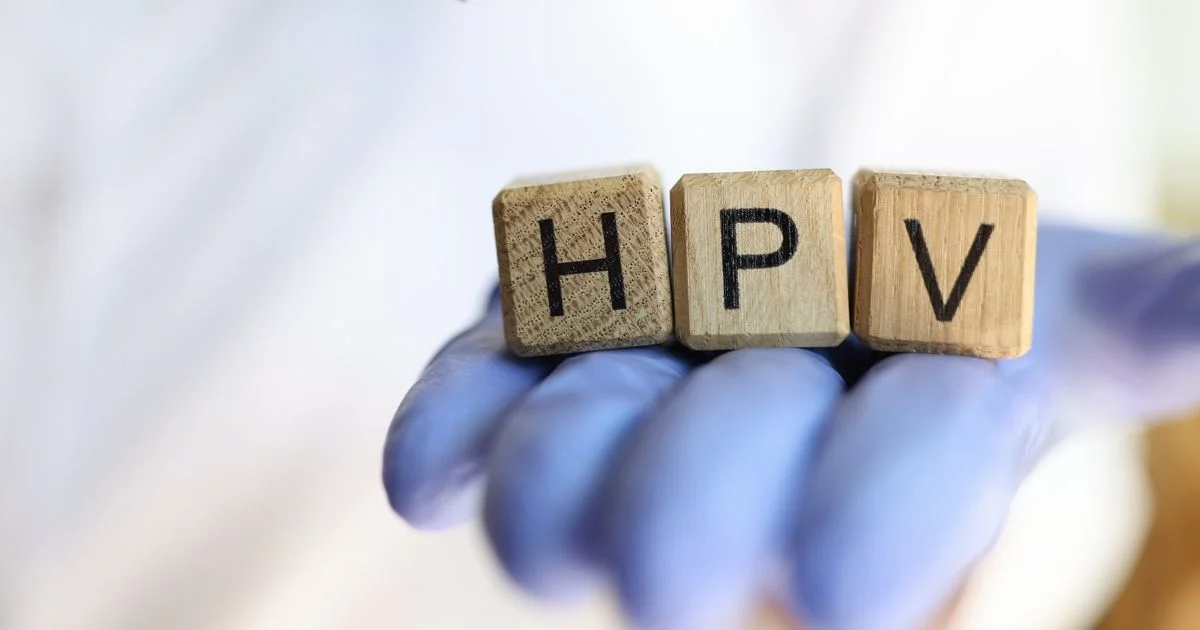I Tested Positive for HPV: What to Do Next
Receiving a positive result for HPV (Human Papillomavirus) can cause anxiety and concern, but the first thing to remember is: don’t panic. With the evolution of cervical cancer screening methods, more positive HPV results are being identified, and understanding what this means is essential for safe and effective follow-up.
Why Are Positive Results Increasing?
Cervical cancer screening has changed in recent years. Previously, the Pap smear (cytology) was the main method, collecting cervical cells for analysis. Today, the focus has shifted to HPV detection, which identifies the viral infection responsible for most cases of cervical cancer.
With this new method, positive HPV results have become more common simply because the virus is extremely prevalent. It is estimated that the majority of people will be infected with HPV at some point in their lives.
The Good News: The Body Often Clears the Infection
Most HPV infections resolve on their own. The immune system can naturally eliminate the virus. Studies show that, within two years, around 90% of people infected will no longer show signs of the virus.
This means that a positive HPV test is not a diagnosis of cancer and does not automatically indicate a serious problem. However, medical follow-up is essential to ensure any changes are detected early.
Next Steps After a Positive Result
Once a positive HPV result is received, the first step is to understand the type of infection. Not all HPV types carry the same risk.
- High-risk HPV (types 16 and 18): These types have a higher potential to cause cellular changes that can progress to cancer. When detected, the patient should be referred directly for colposcopy, a detailed examination that allows the doctor to view the cervix and identify any early lesions.
- Other HPV types: If the test identifies a type other than 16 or 18, follow-up continues with cytology (Pap smear). This test checks for any cellular changes in the cervix that may require further investigation.
The Importance of Regular Follow-Up
Even if the HPV type is not high-risk, ongoing monitoring is crucial. Follow-up ensures that any cervical changes are detected early, increasing the chances of successful treatment and full recovery.
HPV is often asymptomatic; many people do not experience any symptoms. This is why prevention and regular screening are the most effective ways to maintain cervical health.
Early Lesions and Treatment
Most HPV-related lesions, when detected early, are completely treatable. Early diagnosis allows for simple and effective interventions, preventing more serious complications in the future.
Early detection also reduces the risk of progression to cervical cancer, making continuous follow-up a priority for all women who test positive for HPV.
Key Message: Don’t Panic, But Stay Vigilant
A positive HPV test should not be a cause for fear, but rather a call for attention and responsible follow-up. The body is capable of clearing most infections, and current screening methods allow for early detection of any changes that require intervention.
Prevention, regular screening, and understanding the type of HPV detected are critical for maintaining good health. With proper follow-up, most cases are fully resolvable and treatable, without complications.
Conclusion
Testing positive for HPV is not uncommon, and in most cases, it is not a reason for alarm. Understanding the type of virus, following medical recommendations, and attending regular check-ups with Pap smears and colposcopy when needed are essential measures for women’s health.
Remember: prevention saves lives, and early detection of HPV-related changes ensures effective treatment and full recovery. Whether the test is positive or not, the focus should always be on vigilance, care, and continuous preventive measures.






